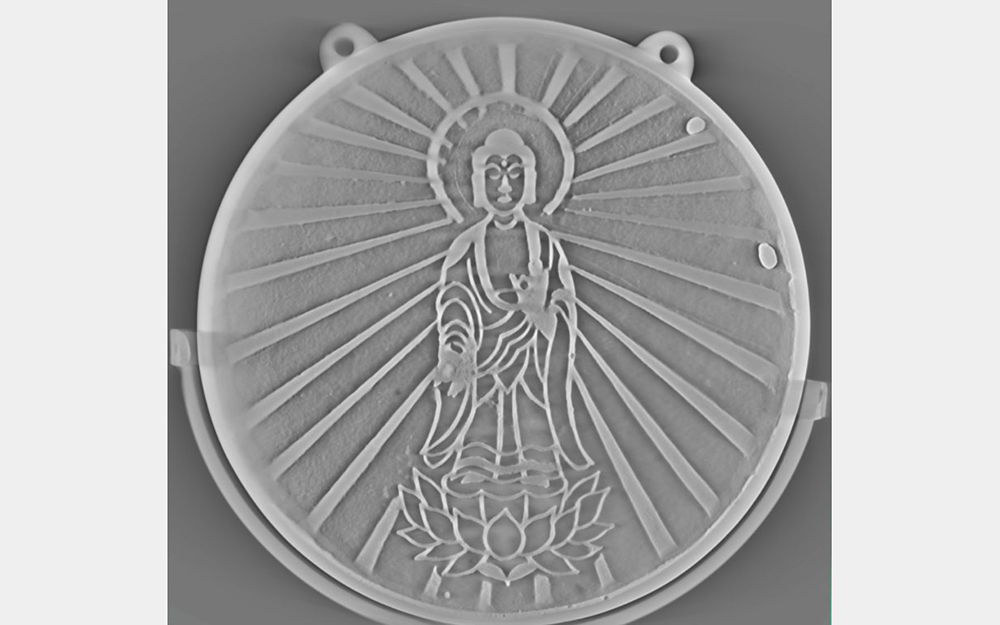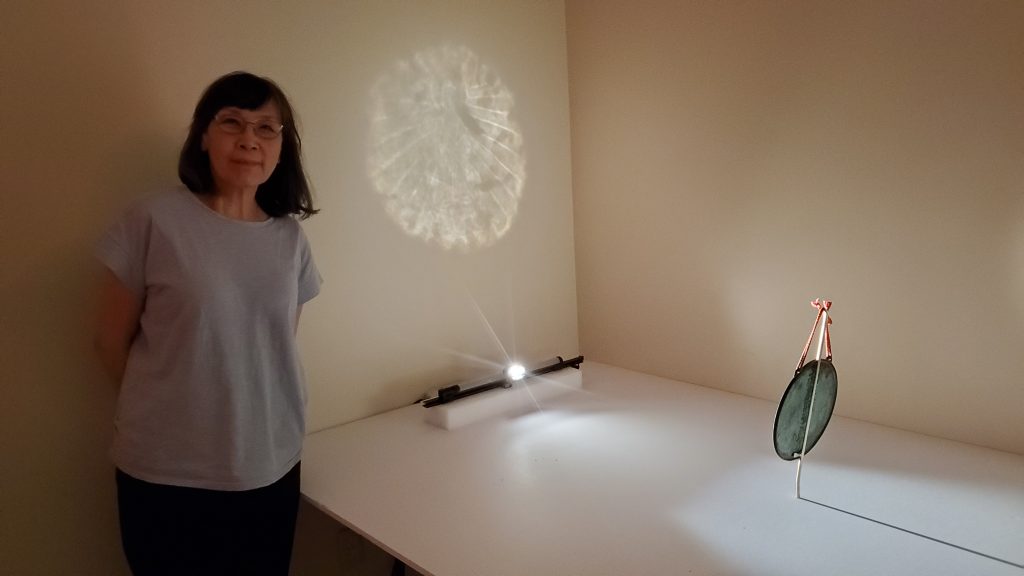大國古代科技 之 奇技淫巧
2024-3-14
記得幾年前寫過一篇日志,《中国古代奇技淫巧 之 透光镜》,説的是疫情之前,曾在老宅驗視我們家領導的祖上留傳下來的一對漢代透光鏡的故事。
疫情前面的那个夏天,曾经在老屋的阳台上验证过,在阳光映照下,墙上果然有花纹和文字出现,但是没有传说中的那么神奇,否则可以用来显灵辟邪和去新冠病毒的。因为类似的传说,在唐传奇小说《聂引娘》、宋《太平广记》、沈括的《梦溪笔谈》和周密的《葵辛杂记》中都有记载,不胜枚举。
最近發現在疫情期間,辛辛那提藝術博物館裏的一位華裔工作人員,也突然發現日本明治期間的一枚銅鏡,也是透光的,消息上了CNN,被稱爲魔鏡。
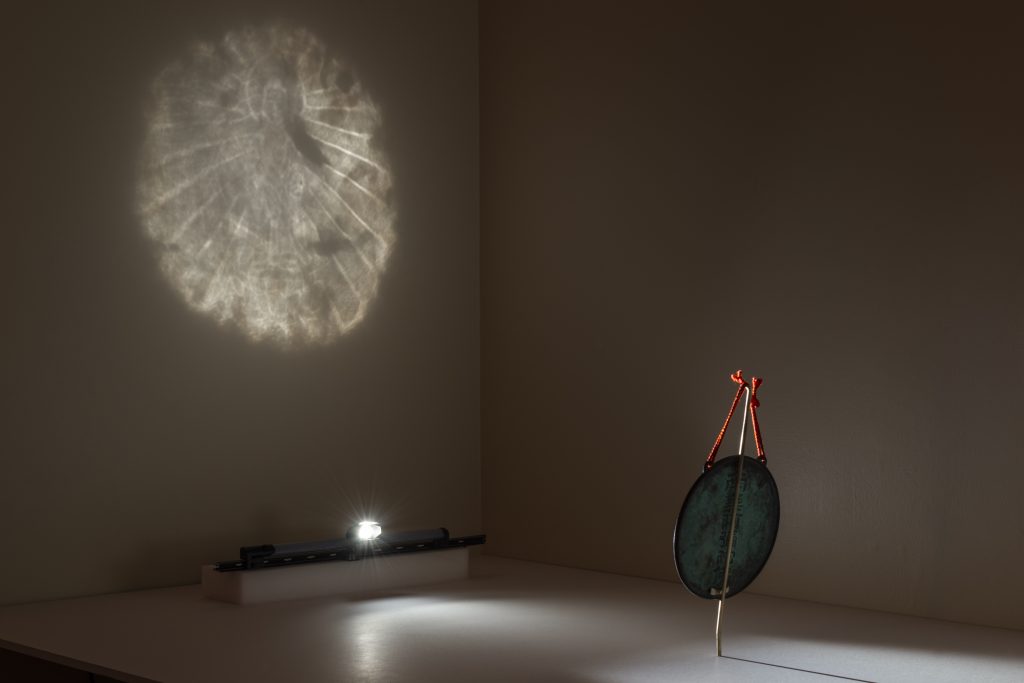
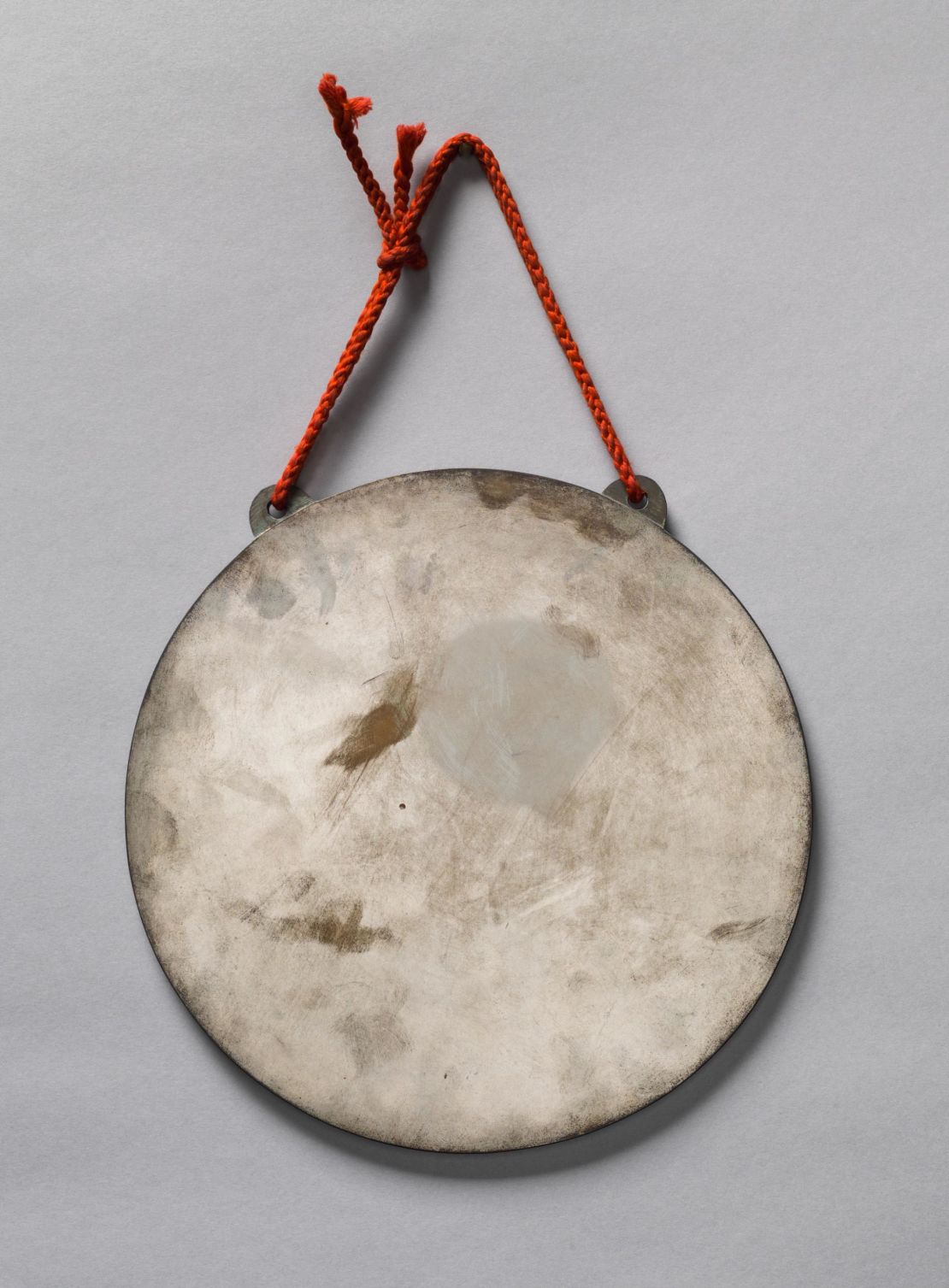 | 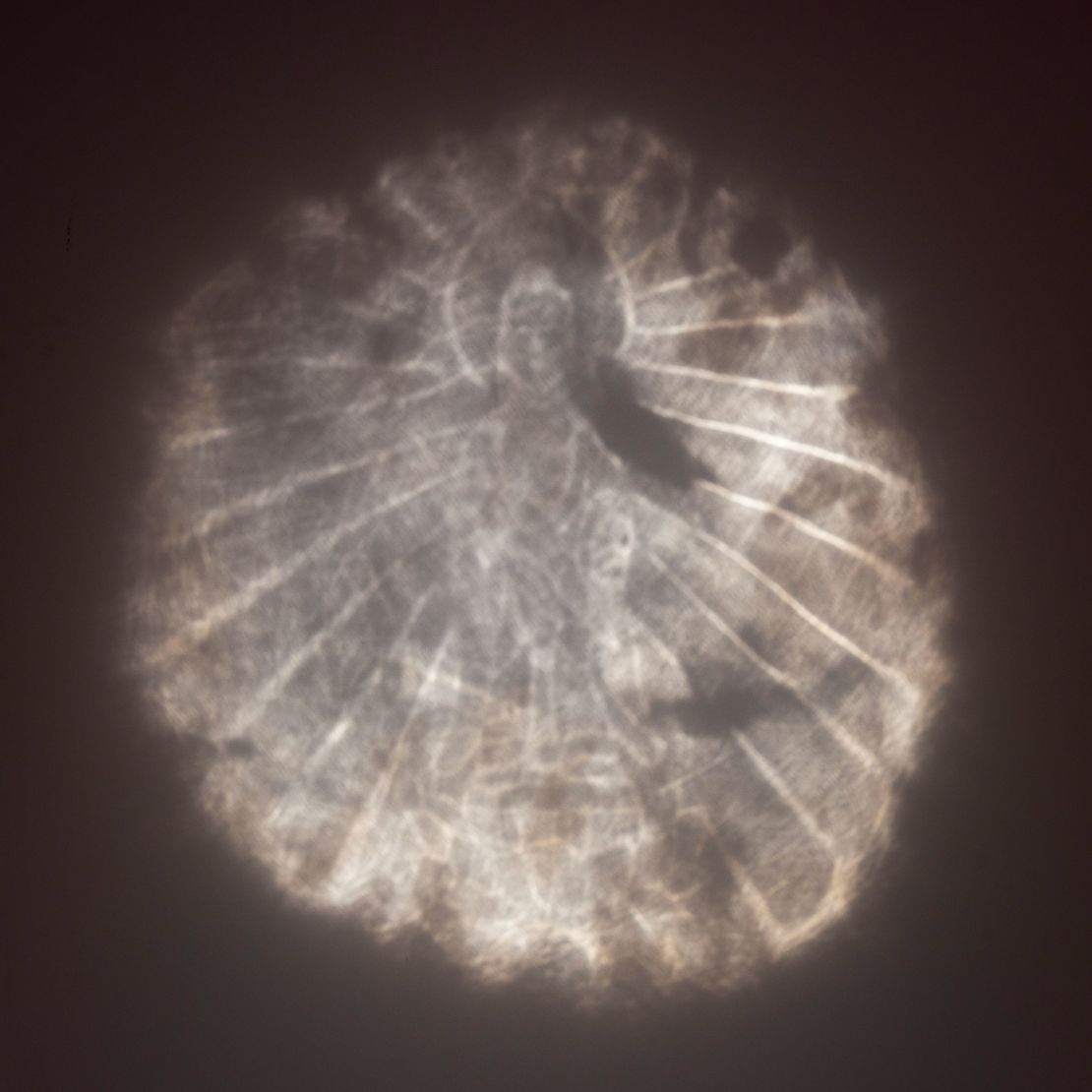 |
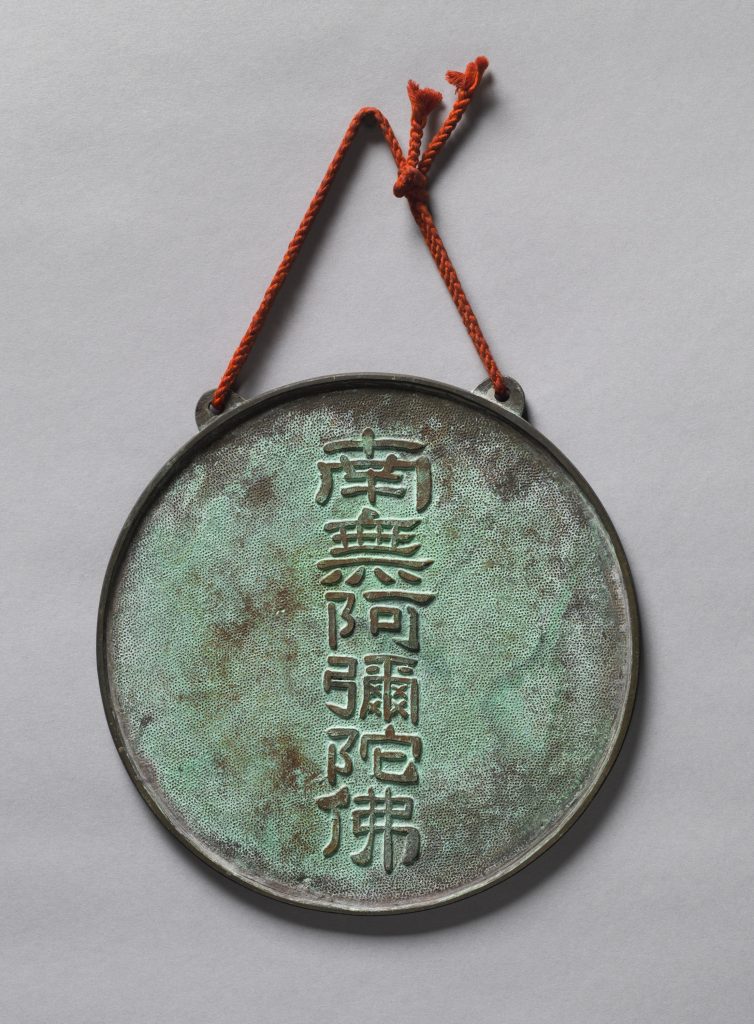 |
|
Hou-mei Sung, the Cincinnati Art Museum’s curator of East Asian art, next to the Buddhist Bronze Mirror. | |
一石激起千層浪,紐約的大都會博物館,和大英博物館,也都紛紛宣稱,他們也都藏有類似的日本銅鏡。
紐約大都會博物館裏的日本透光鏡
| |
反正是在疫情期間,閑著也是閑著,世界上可以扯淡的事兒,就多了一些。
|  |
大英博物館裏的日本魔鏡 | |
不過扯淡歸扯淡,大國值得自豪的老祖宗秘不示人可以用來卡別人脖子的奇技淫巧,在無形中又少了一個。
